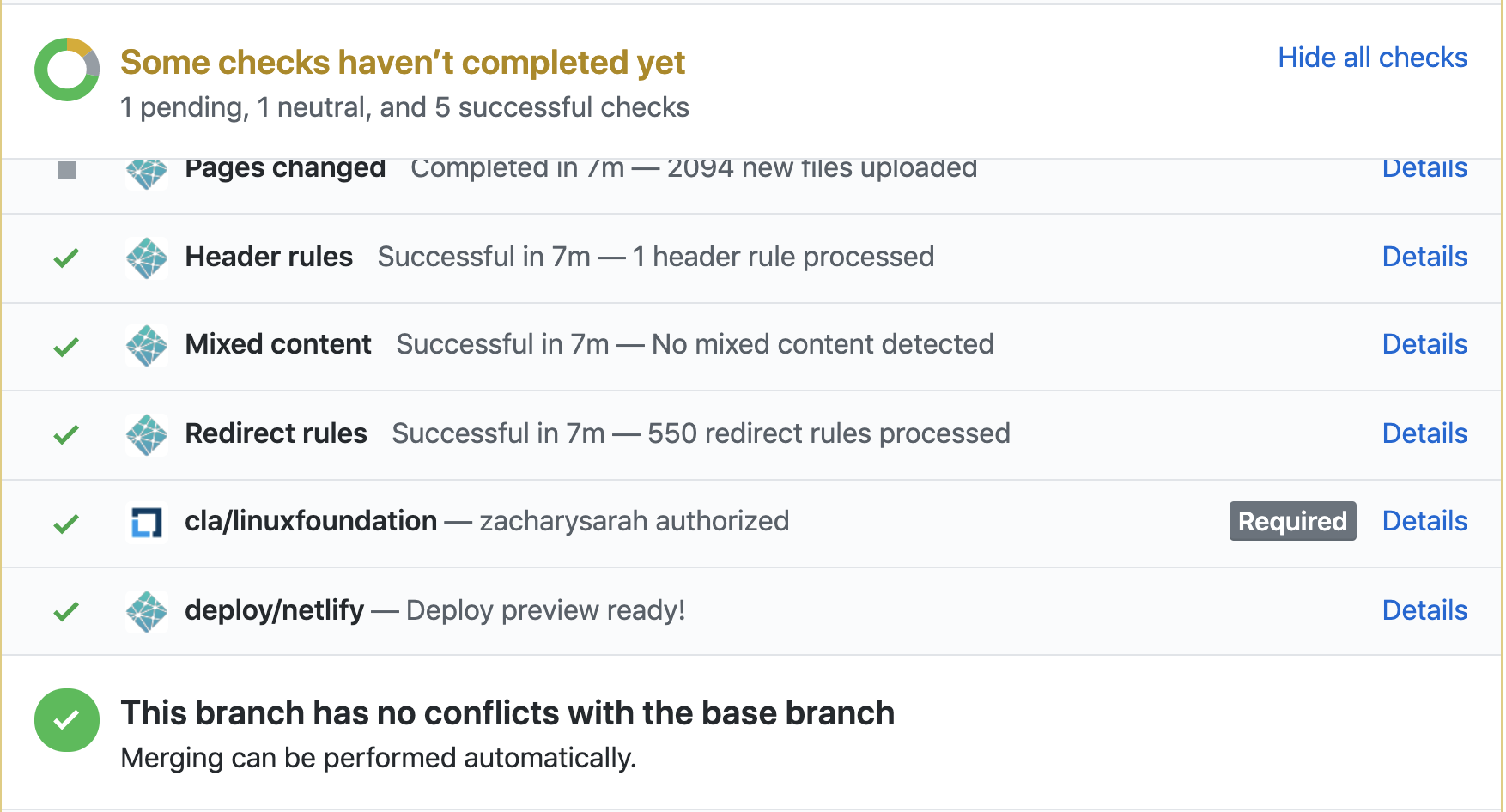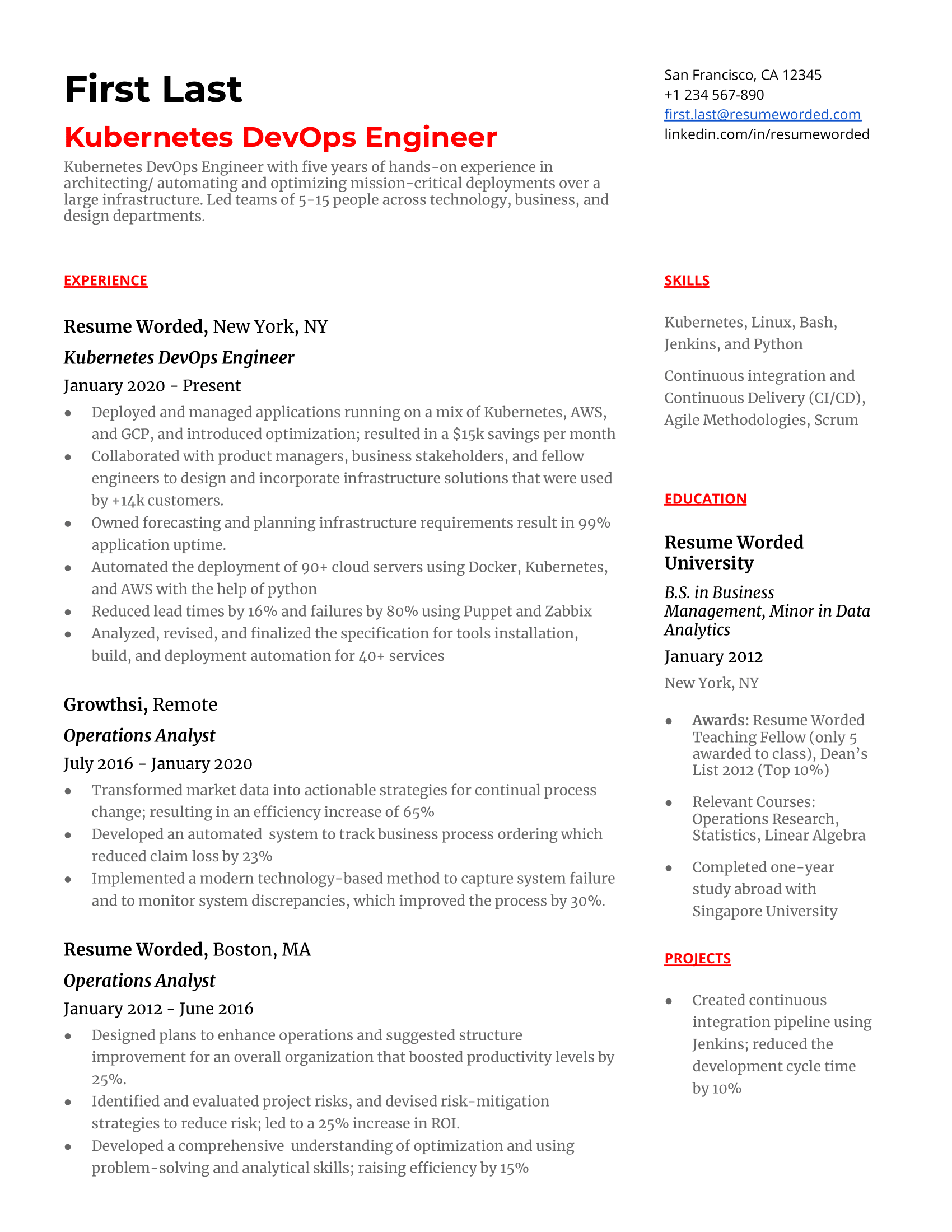
- #DOCKER AND KUBERNETES ROLES AND RESPONSIBILITIES SOFTWARE#
- #DOCKER AND KUBERNETES ROLES AND RESPONSIBILITIES CODE#
#DOCKER AND KUBERNETES ROLES AND RESPONSIBILITIES SOFTWARE#
The solution here is not to just create a third silo combining the developments and operations roles.ĭevOps is not just a process or a job posting, it’s a culture of ownership.ĭevOps engineers try to cultivate a philosophy of “YOU built it, so YOU run it”, which means they need to evaluate the possible bottlenecks that could plague the app in production from the very beginning of the software development process.
#DOCKER AND KUBERNETES ROLES AND RESPONSIBILITIES CODE#
The results of developers not owning their code from start to finish are that the operations department is often left responsible for maintaining code that has not been written with the infrastructure in mind. Without the flexibility afforded by these tools, the CI pipeline that allows a change, fix, or feature to go into production from development through automated code review and testing would be extremely difficult.ĭevOps uses all of these tools and more to solve the problem of silos - that is, the issue of what happens when developers write code and then throw it over the wall to the Ops department. All of this is the foundation that makes CI/CD possible. Containers are essential to the agile deployability of Cloud Native apps, especially when paired with management software like Kubernetes. They only need to run the services relevant to the apps they host, as opposed to an entire guest operating system and its corresponding processes. Using containers to host microservices is extremely efficient because containers use system resources more efficiently than traditional virtual machines. The modularity of microservices enables different teams to work in parallel on different parts of the product without interfering with each other, and it also strengthens the product by lessening the impact of the failure of any of these services on the others.

These features are packaged into containers like Docker and then pushed through a continuous integration/continuous deployment pipeline. Microservices is an approach to developing an app as a collection of small, purpose-built services that come together to form a complete product. There are four main concepts that serve as the basis of cloud native computing: Microservices, Containers, CI/CD, and DevOps. To understand what Cloud Native DevOps engineers do on a daily basis, one needs to understand that the objective of the Cloud Native model is to build apps that take advantage of the adaptability and resiliency that are so easy to achieve using cloud tools. Hobbies include experimenting with (read: breaking and then scrambling to fix) systems she's set up for herself, buying games/books she won't have time to play/read, and learning more every day.Ĭloud Native DevOps is a relatively new collection of old concepts and ideas that coalesced out of a need to address inadequacies in the “old” way of building applications.

She is currently learning at Holberton School for software engineering.

Essence Boayue is an up-and-coming full-stack engineer in the San Francisco Bay area.


 0 kommentar(er)
0 kommentar(er)
